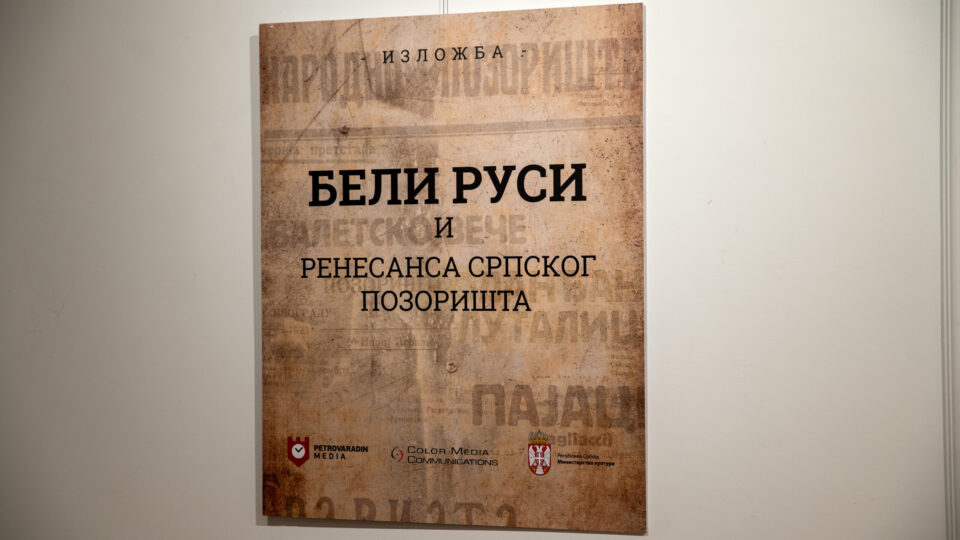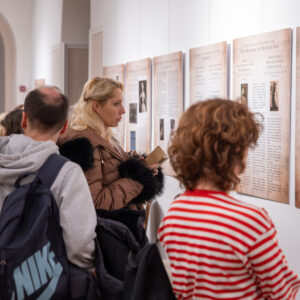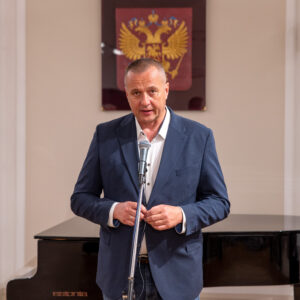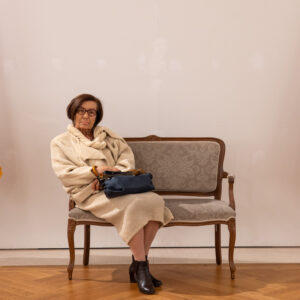White Russians and the renaissance of Serbian theater: A journey through time
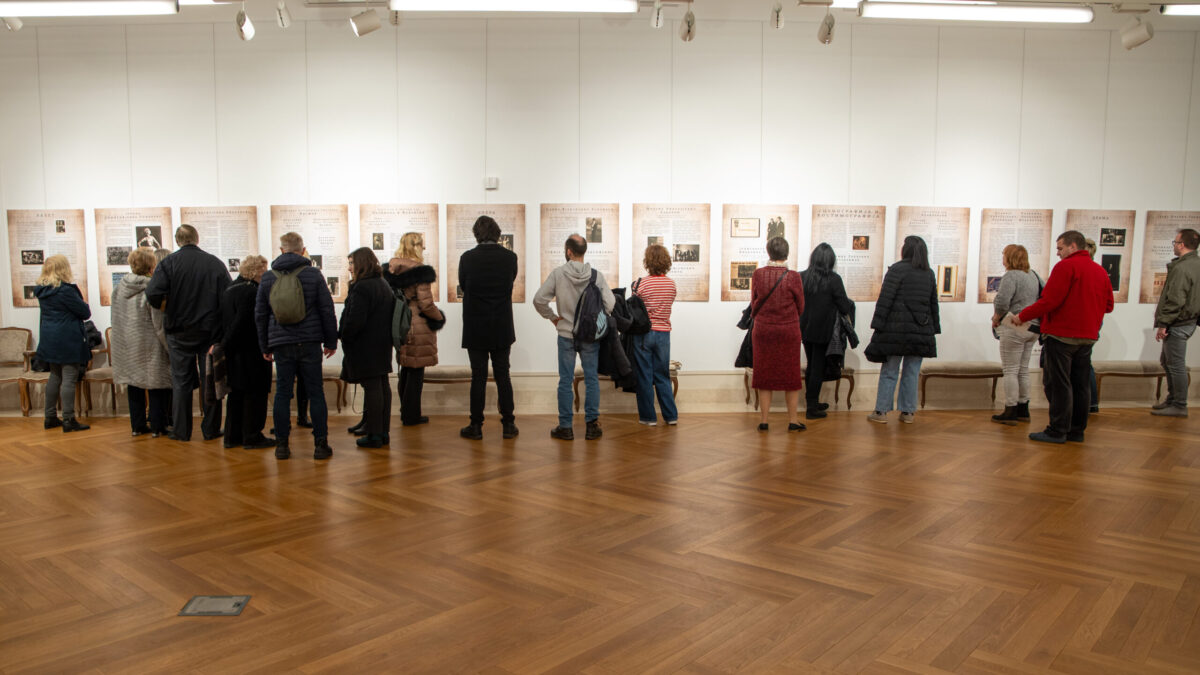 Association “Petrovaradin Media” with the media support of the company “Color Media Communications” and the institutional support of the Ministry of Culture realized the traveling exhibition “White Russians and the renaissance of the Serbian theater”. The project was realized with the support of the Museum of Theater Arts of Serbia, which gave historical materials for the purposes of the project.
Association “Petrovaradin Media” with the media support of the company “Color Media Communications” and the institutional support of the Ministry of Culture realized the traveling exhibition “White Russians and the renaissance of the Serbian theater”. The project was realized with the support of the Museum of Theater Arts of Serbia, which gave historical materials for the purposes of the project.
With carefully selected texts and accompanied by pictures, the history of theaters in Serbia that were created under the influence of the White Russians in the time after the October Revolution is presented.
Exhibitions were held in Novi Sad, Bela Crkva, in the Russian House in Belgrade and in Novi Bečej, as places where there was the greatest concentration of White Russians between the two wars.
The first exhibition, in Novi Sad, was opened on February 2, 2024, in the Serbian National Theater (Foyer of the “Jovan Đorđević” stage). The performance was opened by Dr. Zoran Đerić, manager of the Serbian National Theater, Aleksandar Ćurčić, director of the Youth Theater, Ivan Dolgov, journalist from Russia, and Robert Čoban, president of Color Press Group.
“This exhibition is not too large in terms of scope, but it is important and large in terms of importance because it reminds us of something that is being forgotten, how much, 100 years ago, with the arrival of great artists from Russia, their influence was great in all areas. From ballet, music and art pedagogy, to the very creative moves, and as actors, more like ballet artists and opera singers, directors, but also as scenographers and costume designers. In all possible fields, they made exceptional contributions and in a way nurtured entire generations of our artists, who thanks to them got trained and attached to theaters, not only here but in Serbia and beyond,” said Đerić.
Some of the most beautiful buildings we have in Novi Sad were designed by Russian architects, the Military Center, the Health Center on Mihajla Pupin Boulevard and many buildings in Belgrade.
The director of the Youth Theater, Aleksandar Ćurčić, introduced us to the influence of the Russian puppet theater in the world and announced good news from his house.
“A young Russian family lives in Novi Sad, and the father of the family is a director who graduated from Gitis in Moscow, Konstantin Muhanov. This season, he will be a guest at the Youth Theater with the puppet show “Lead Soldier”, contemporary and very interesting,” said Ćurčić.
Ivan Dolgov, a journalist from Russia who immigrated to Serbia, also greeted the audience.
“What I have noticed in these three months in Serbia are more and more joint projects of Russian and Serbian artists, be it contemporary art, dance, music. There are more and more cultural ties that are becoming stronger every day. It is a benefit for both sides, while the Serbian culture under the new influence is very similar, but still different. Russian creative minds have a chance to freely explore themselves and express themselves freely. I hope that we will all benefit in the years to come,” said Dolgov.
At the end, Robert Čoban, director of Color Press Group and organizer of the traveling exhibition, addressed the audience.
“The significance of the presence of Russians in our city, in Serbia, in the Kingdom of Yugoslavia, was enormous at that time. We are not talking only about the theater, some of the most beautiful buildings we have in Novi Sad were designed by Russian architects, the Military Center, the Health Center on Mihajla Pupin Boulevard and many buildings in Belgrade. This exhibition is a kind of welcome to Russians, to make them feel like the Kingdom of Yugoslavia received their compatriots in the twenties. I hope that we who live here will also learn something about that period in this way,” said Čoban.
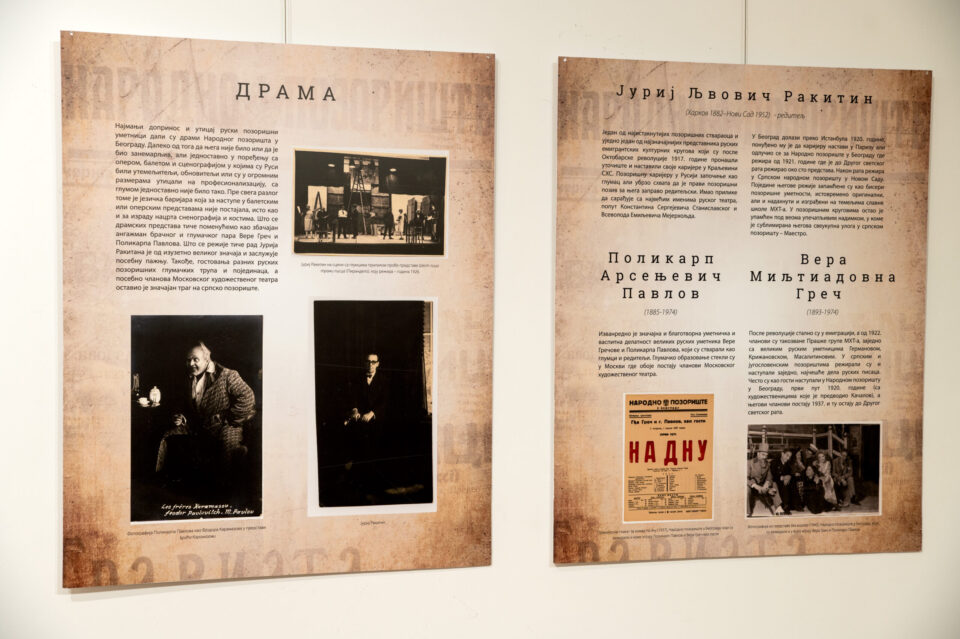 After Novi Sad, the exhibition was officially opened in the Museum in Bela Crkva. The exhibition was opened by Igor Vokoun, the director of the Museum in the White Church, Vladimir Kasteljanov, the founder of the Russian Room Museum, and Robert Čoban, the president of “Color Press Group”. Before the welcoming speeches, Hana Đorđević, soloist of the Music School from Vršac, performed two songs in the Russian language “Ni slova, o drug moi” and “Zabyt tak skora” by Pyotr Ilyich Tchaikovsky.
After Novi Sad, the exhibition was officially opened in the Museum in Bela Crkva. The exhibition was opened by Igor Vokoun, the director of the Museum in the White Church, Vladimir Kasteljanov, the founder of the Russian Room Museum, and Robert Čoban, the president of “Color Press Group”. Before the welcoming speeches, Hana Đorđević, soloist of the Music School from Vršac, performed two songs in the Russian language “Ni slova, o drug moi” and “Zabyt tak skora” by Pyotr Ilyich Tchaikovsky.
On February 20, the exhibition was also held in the Russian House in Belgrade. The exhibition was opened by Dr. Georgij Engelhardt, Scientific Advisor at the Russian House, Vesna Burojević, Director of the Museum of Serbian Art, and Robert Čoban, President of Color Press Group. Dr. Georgij Engelhardt addressed the audience at the beginning, who thanked the organizers of the exhibition and the Museum of Theater Arts of Serbia as a source of information.
“This exhibition is very interesting, very useful, and we are very glad that it was placed in the Russian House, where the people, whose biographies are presented here, performed, gathered, socialized here, it is their house. We are very grateful that the organizers made such an effort to present a part of our common cultural history,” said Engelhardt.
This exhibition is a kind of welcome to Russians, to make them feel like the Kingdom of Yugoslavia received their compatriots in the twenties.
The visitors were also greeted by Vesna Burojević, director of the Museum of Theater Arts of Serbia.
“Everything we know about artists from Russia and their stay is with us. We were happy to respond to the invitation to submit documentation that unifies this story into one. Theater life in Serbia cannot be imagined without Russian artists, and I am glad that we managed to preserve everything and I hope that we will have a reason to show this rich historical material even more often,” said Burojević.
Robert Čoban, president of Color Press Group and organizer of the exhibition, also addressed the audience.
“Even after a hundred years in Serbia, we have directors who enrich our culture and society. This exhibition is a small effort and a small tribute to those Russians who came 100 years ago and their descendants, I believe that some of you are present here, and to these Russians who came in the past few years, and I am glad that we at least did something to give them recognition and glory” said Čoban.
The opening was also attended by Branislav Kholodkov, the grandson of the famous opera singer, Pavel Fyodorovich Kholodkov, one of the White Russians featured in the exhibition.
The last exhibition was opened on February 27 in the House of Culture in Novi Bečej. The exhibition was opened by Edit Zerebelji Tenji, expert associate at the Novi Bečej Cultural Center together with Robert Čoban.
